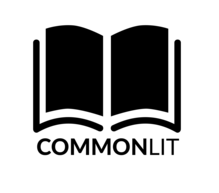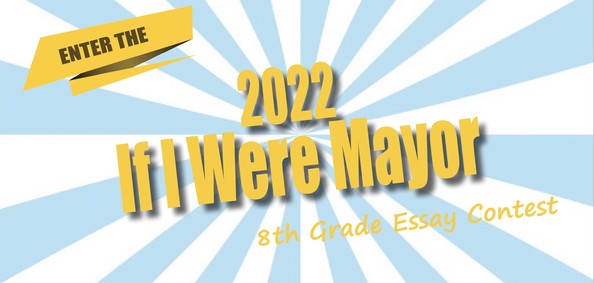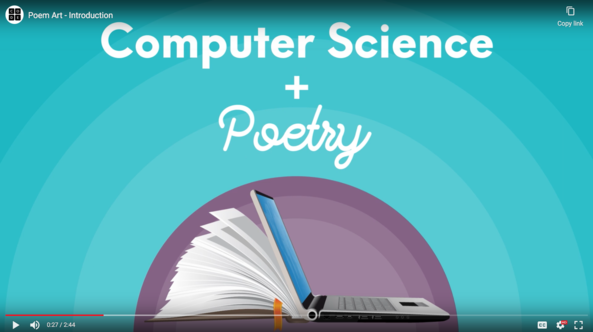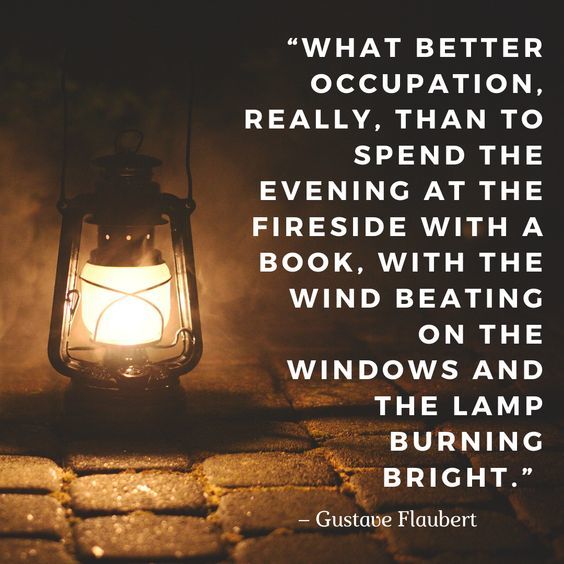December 2021
In this issue:

CommonLit is a nonprofit education technology organization dedicated to ensuring that all students, especially students in Title I schools, graduate with the reading, writing, communication, and problem-solving skills they need to be successful in college and beyond.
They believe in providing teachers with all the resources they need to set their students up for success, while also encouraging best practices in the classroom. That’s why the CommonLit Literacy Model is built on a foundation of over 2,000 high-quality free reading passages for grades 3-12, complemented by aligned interim assessments, growth-oriented data, and expert-led teacher development.
CommonLit now has questions that are aligned to the 2021 Oklahoma Academic Standards for English Language Arts. Once you create a free teacher account, your default settings for preferred standards will automatically be set to the 2021 Oklahoma Academic Standards for ELA.
The CommonLit blog has links to multiple resources to help you explore and understand all the features of this website.
|
As mentioned in previous newsletters, the deadlines for the Scholastic Writing Awards and My Favorite Book Contest are later this month. Read on to learn about upcoming writing contests with deadlines in January and February.
The 2022 writing contest sponsored by the Oklahoma Writing Project accepts submissions from both students and teachers. There is no cost to enter. The deadline for entry is January 18, 2022.
Contest genres include the following:
- descriptive paragraph
- personal narrative
- poem
- short story
- essay
- writing across the curriculum
- flash fiction
- sentence
- comic
Learn about submission guidelines and genre descriptions from the contest flyer.
 This annual contest invites 8th graders to tell others what they would do as mayor to make their city or town a better place to live. ELA teachers may wish to partner with their social studies colleagues for this contest. The deadline is January 31, 2022. Learn more at the contest webpage.
18th Annual R. Darryl Fisher Creative Writing Contest
This annual writing contest for high school students (grades 9-12) has monetary prizes for the categories of fiction and poetry. The prizes will be awarded at the Scissortail Festival held at East Central University on April 2, 2022. Get all the details on the contest webpage. The deadline is February 11, 2022.
 The education committee at the Oklahoma City National Memorial & Museum is deeply interested in hearing how individuals or communities have shown strength and resilience to overcome challenges or tragedies.
Students in grades 5-12 may participate and are eligible to win a cash prize and be recognized at a ceremony in April 2022. Nearly 300 essays from across the United States were submitted in last year’s essay contest. Winning essays came from students in Oklahoma, Pennsylvania, Arizona, and Florida.
More details, including a student registration form and the prompts, are available as PDFs on the museum website. The deadline is February 21, 2022.
 December 6-10 is Computer Science (CS) week. Code.org recently shared an integrated coding activity for poetry. Thanks to my colleague Karen Leonard, Director of Ed Tech and Computer Science, for sharing this resource with me.
Lesson 1: Poem Art
In this CS and ELA integrated lesson for new coders, students will animate a poem with code to illustrate the mood of a poem. Students will read and detect the mood of a poem. They will then find corresponding effects and images to help illustrate the poem's mood. Finally, students will use events (code) to illustrate a shift in mood or animate the introduction of new images in a poem.
Lesson 2: Code Your Own Poem
In this CS and ELA integrated lesson, students will build on their previous learning about poetry by developing their own short poem. Then, students will work on their computers to animate their poems with code. In lesson 1, students used a poem dropdown menu to choose the poem they wanted to animate. In this lesson, students will use set title, set author, add line, and animate text blocks of code to change what text appears in their Playspace.
Lesson 3: Playing with Words
In this lesson, students learn how to manipulate specific words in the text in their poems by using open-ended prompts and variables to store the user’s input. First, students explore an app with an open-ended prompt. Then students practice using variables in their code until they are able to combine text and variable blocks to create an interactive app.
Lesson 4: Build a Poem Generator App
In this lesson, students will use their new knowledge about open-ended prompts and variables to modify their poems and create a new poem generator app. Students will discuss how random words change the meaning and mood of their poems.
Lesson 5: Choosing Words Carefully
In this lesson, students create a poem generator app with multiple-choice prompts to guide the user to pick a carefully chosen word. Students will plan which words they will replace in their poems, choose three new multiple-choice words per prompt, and then program their poem generator using new multiple-choice prompts with events.
Lesson 6: Responding to Words
Note: This is an optional lesson in the module.
In this lesson, students add conditionals to their projects, which will make their apps more responsive. Conditionals allow students to incorporate if-then logic to their code, which leads to more personalization in their app. Students can create programs that make new effects or sprites based on which word the user chooses.
Lesson 7: Poetry Circle
Note: This is an optional lesson in the module.
In this lesson, students will take turns sharing their poem app with their peers. Students start by discussing the importance of giving and getting feedback. Then, students conduct a poetry pair-share by sharing their poem apps with a partner and giving and getting feedback. Finally, the whole class will have a Poetry Circle followed by a discussion on the mood and tone, as well as visual effects, of a student volunteer’s poem.
Writing Prompt
Spotify is the world’s largest music streaming service provider, with over 381 million monthly active users. At the end of each year, they release Spotify Wrapped, which allows users to view a compilation of data about their activity on the platform over the past year, including their top artists, songs, and genres.
Whether you use Spotify or not, which musical artist, song, or genre best captures your year? Why? Write for five minutes.
Reading Quote

|